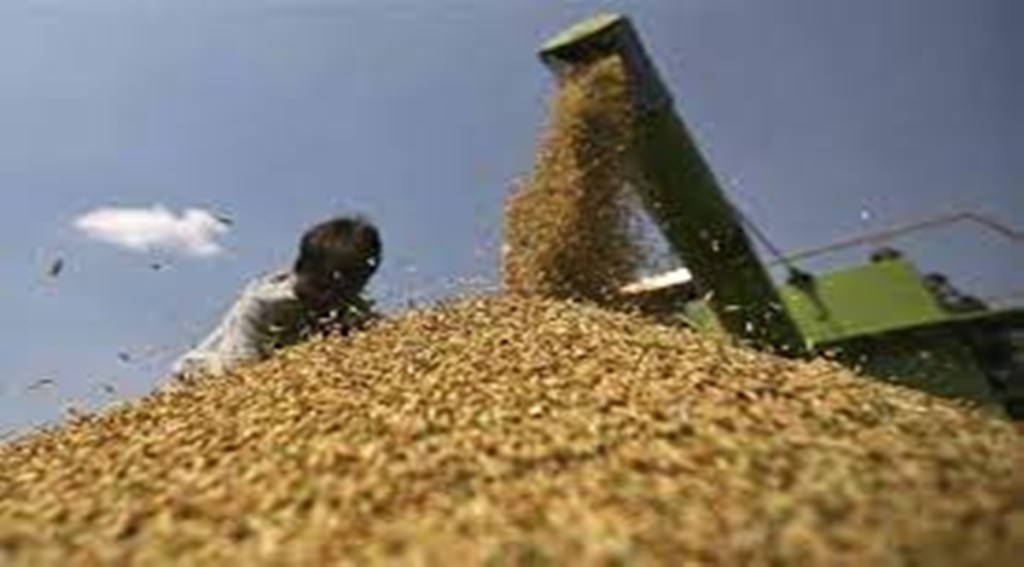The government’s food subsidy expenses next fiscal may decline by around Rs 26,000 crore, mainly because of anticipated lower volume of procurement of wheat in the rabi marketing session beginning on April 1. Procurement of the cereal may be around 34 million tonne, as against the target of 44 million tonne.
An anticipated surge in wheat exports because of global demand is currently pushing up domestic prices above the minimum support price (MSP). In Madhya Pradesh, for instance, mandi prices are currently around Rs 2,100- Rs 2,350 per quintal against the MSP of Rs 2,015 a quintal. There is expected to be a sharp fall in procurement by agencies in the state because of export prospects and its proximity to Kandla and Mundra ports, from where most of India’s shipments take place.
“We anticipate a much lower wheat procurement this season against the target as prices are ruling above MSP,” Faiz Ahmed Kidwai, principal secretary, department of food and civil supplies, Madhya Pradesh, told FE. In Madhya Pradesh, the target was to procure 12.9 MT of wheat, which looks unlikely to materialise.
This season, the target was set for wheat procurement for Punjab (13.2 MT), Haryana (8.5 MT), Uttar Pradesh (6 MT) and Bihar (1 MT). In these states, arrivals of wheat will pick up after April 1.
Wheat exports could be upwards of 10 MT in 2022-23 and the shipments would mostly from Madhya Pradesh. India traditionally exports wheat to South Asian neighbours and northern Africa. Traders say exports from other wheat-producing states, especially Punjab and Haryana, will be challenging because of the absence of requisite transportation infrastructure, higher cost of transport to ports in the western region, and higher levies on grain purchase.
While Punjab and Haryana impose levies such as mandi fee, arthia commissions, and rural development cess of 8.5% and 6.5% respectively on the wheat purchase by traders, Madhya Pradesh and Uttar Pradesh have levies of 3.5% and 3.8% respectively.
In 2021-22, India is expected to export a record 7 MT of wheat.
The economic cost of wheat for the Food Corporation of India (FCI), which includes MSP paid to farmers, storage, transportation and other incidental expenses for 2022-23, is estimated at Rs 2,589 a quintal. “There will be substantial reduction in expenses towards food subsidy, because of lower procurement of wheat,” a food ministry official said.
The Union Budget for 2022-23 has made a provision of Rs 2.06 lakh crore under food subsidy. Wheat has a share of 45% of the total food subsidy expenses.
Supply of grains for the public distribution system under the National Food Security Act won’t be impacted by factors such as higher exports and lower procurement, as stocks with the FCI are very high. At the beginning of this month, FCI was saddled with wheat stocks of 23.4 MT, much higher than the buffer norm of 7.46 MT.
According to official sources, the government has firmed up the export strategy in a series of inter-ministerial meetings over the last few weeks. It reckons that Russia and Ukraine, which conventionally used to have a combined share of more than quarter of the global wheat trade, may remain absent from the key markets for several months.
“We anticipate the surge in exports, especially from Madhya Pradesh, to continue in coming months. Farmers will be realising much better prices than the MSP announced by the government,” said Kunal Shah, joint director at Shah Corporation, a wheat trading firm based in Vashi, Navi Mumbai.

